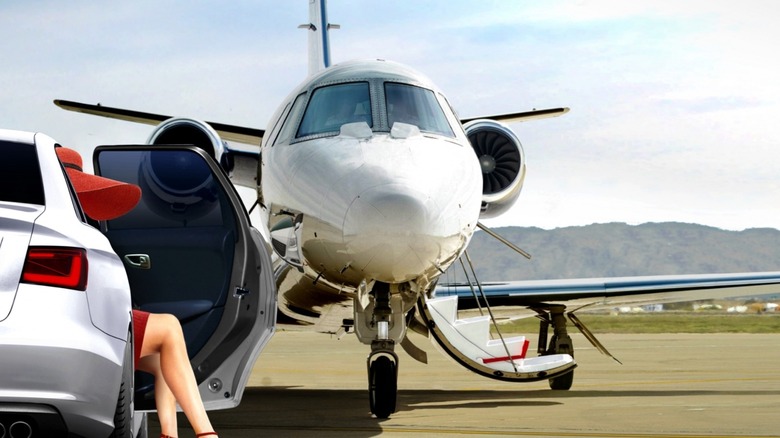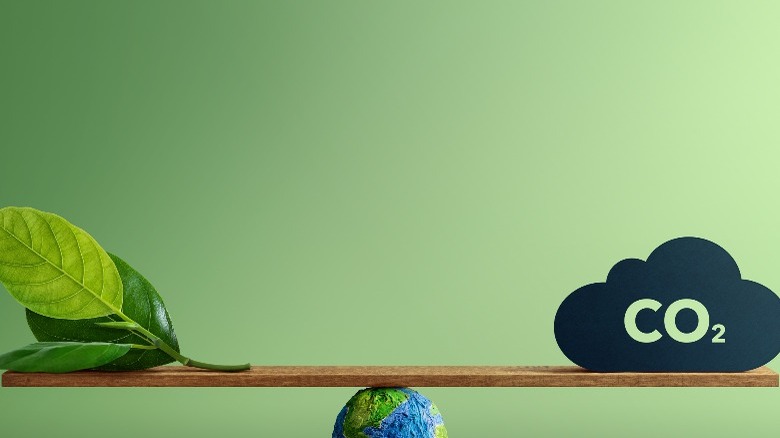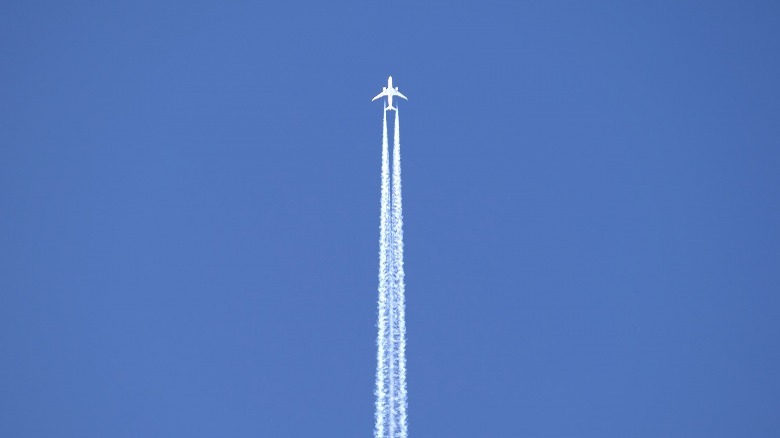Flying In Luxury: Understanding The Carbon Footprint Of Private Jets
Sometimes, you may feel bad about your 13-year-old beater's carbon footprint, but then you remember that some people use sports cars and private jets. As luxurious as they are, these private airplanes have a significant environmental toll.
In 2022, NBC News reported public outrage at Taylor Swift and Kylie Jenner's use of private jets. These celebrities were essentially the scapegoats of massive backlash on the internet stemming from how frequently they use their private jets. After all, why not? Everyone else is trying to cut back on their carbon footprint, so why shouldn't the ultra-rich?
Studies suggest the aviation industry is responsible for about 3% of total greenhouse gas emissions. This poses certain key questions: how much private aviation pollution can we ignore? How justified are private jets with our current climate concerns?
We'll need to break things down mathematically first and understand just how much pollution commercial and private jets emit.
How much carbon emissions does a private jet emit?
There are several types of private jets, but for the sake of our calculations, we'll choose the Cessna Citation Excel since it's one of the most popular private jets of all time. Our estimates will be modest because rich celebrities and personalities may use far more expensive and powerful jets.
The Cessna Citation Excel burns an average of 225 gallons of fuel per hour. Based on this fuel consumption and the CO2 emission rate of 4Air's aviation fuel carbon calculator, the Cessna Citation Excel leaves a carbon footprint of approximately 2.2 metric tons of CO2 per hour.
For comparison, a passenger vehicle emits about 4.6 metric tons of CO2 annually (according to the EPA). This means that the Citation Excel does more damage to the climate in three hours of flying than the average car does in a year.
Let's now look at commercial jets. Many would argue that the most popular commercial jet is the Airbus A320. While the Airbus A320 uses about 750 gallons of fuel per hour, unlike the private Cessna Citation, it can carry a maximum of 180 passengers. The Cessna Citation Excel, on the other hand, carries about 7 passengers (minus the two-man crew).
Therefore, commercial jets are a good compromise if you must fly to your destination. There's much less pollution per person when you fly commercial. Taylor Swift's spokesperson defended her private jet to NBC News by saying she loans it out, but this doesn't hold water. "Loaning out" private jets to friends, family, and crew members who can fly commercial isn't doing the planet any favors. First class could be luxury enough.
Private jets have even more negative environmental impacts
Apart from CO2 emissions, private jets have more negative environmental effects. Other pollutants that come from planes include nitrogen oxides (NOx), black carbon, and soot, all of which have double the effect on global warming than just CO2.
While CO2 takes the spotlight, it forms only one-third of the major issues private jets pose. Take contrails, for instance: when private jets fly, they may leave contrails caused by water vapor condensing on the plane's aerosol emissions. In turn, these contrails sometimes evolve into cirrus clouds which are known to trap thermal radiation and cause more global warming than CO2 emissions from aviation.
Contrails can be avoided by optimizing flight routes and avoiding nighttime flying. While only 25% of daily flights occur at night, they are responsible for 60-80% of contrails. Governments can address this by establishing better flight routes and schedules.
However, these rules seem to be aimed mostly at commercial airlines. The regulations should apply to private jets since they could be worse for the planet than commercial planes. Even better, some commercial airlines are finding greener fuel solutions that reduce contrails and CO2 emissions. Unfortunately, those are ideologies that won't be priorities for private jet users.


